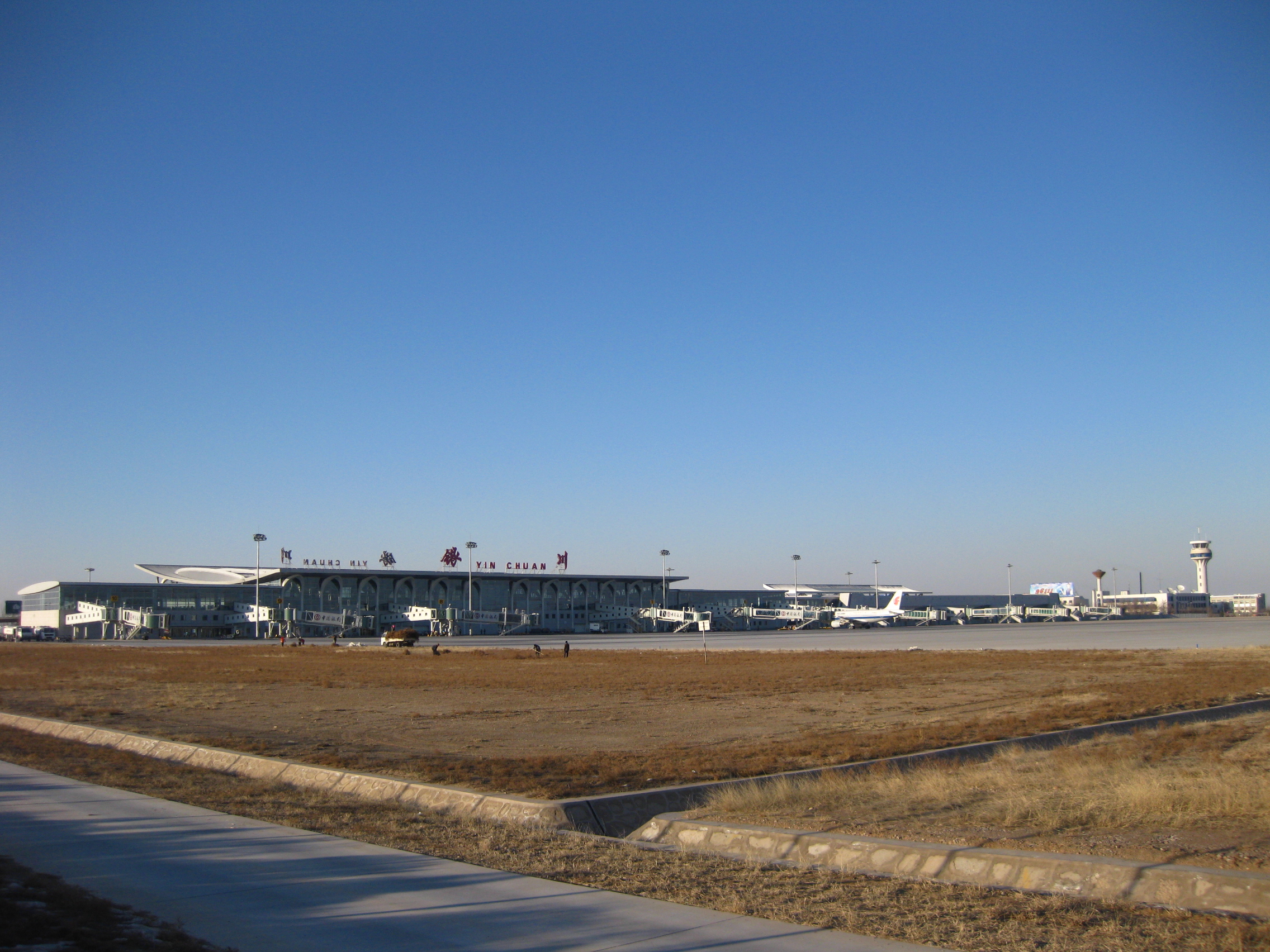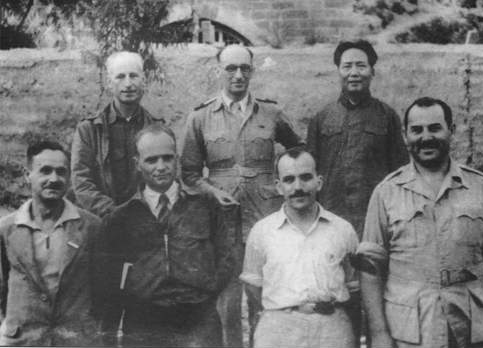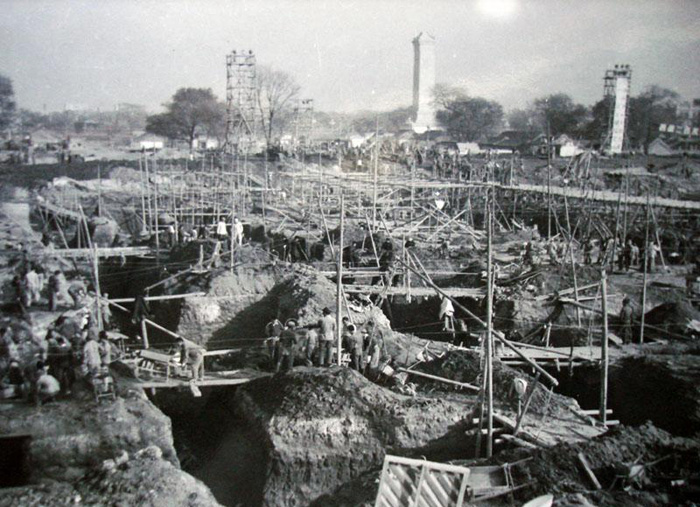|
Battle Against Poverty
The battle against poverty () was a policy of the China, People's Republic of China and the Chinese Communist Party to fight poverty. It began at the Fifth Plenary Session of the 18th Central Committee of the Chinese Communist Party at the end of October 2015. It aimed to solve the core problems of poor areas and poor people through Targeted Poverty Alleviation, targeted poverty alleviation within five years before the end of 2020. History On October 21, 2015, General Secretary Xi Jinping mentioned in a speech in London, the United Kingdom that "according to China's standards, there are still 70 million people in China who have not escaped poverty. According to the United Nations standards, there are still about 200 million people living below the poverty line in China." He proposed a plan to continue to reduce poverty. At the end of October 2015, the Fifth Plenary Session of the 18th CCP Central Committee reviewed and passed the "Proposal of the CCP Central Committee on Formula ... [...More Info...] [...Related Items...] OR: [Wikipedia] [Google] [Baidu] |
Hu Chunhua
Hu Chunhua (; born April 1963) is a Chinese politician. He currently serves as a vice chairman of the Chinese People's Political Consultative Conference since 2023. From 2018 to 2023, he served as vice premier of China. Born in Yichang, Hubei, Hu first entered politics by working as a cadre of the Communist Youth League in the Tibet Autonomous Region. After serving various roles in Tibet, he rose through the ranks of the Communist Youth League, eventually returning to Beijing and becoming its first secretary in 2006. In 2008, he was appointed the governor of Hebei. He was reassigned to the post of Chinese Communist Party (CCP) committee secretary of Inner Mongolia in 2009, a post he held until 2012. In 2012, he became the CCP secretary of Guangdong, as well as a member of the CCP Politburo. During his time in Guangdong lasting until 2017, Hu launched anti-corruption campaigns and earned reputation as a low-key leader. Hu became a vice premier of China in 2018, a post he serve ... [...More Info...] [...Related Items...] OR: [Wikipedia] [Google] [Baidu] |
Taiyuan
Taiyuan; Mandarin pronunciation: (Jin Chinese, Taiyuan Jin: /tʰai˦˥ ye˩˩/) is the capital of Shanxi, China. Taiyuan is the political, economic, cultural and international exchange center of Shanxi Province. It is an industrial base focusing on energy and heavy chemicals. Throughout its long history, Taiyuan was the capital or provisional capital of many dynasties in China, hence the name ( zh, s=龙城, p=Dragon City, labels=no). As of 2021, the city governs 6 districts, 3 counties, and hosts a county-level city with a total area of 6,988 square kilometers and a permanent population of 5,390,957. Taiyuan is located roughly in the centre of Shanxi, with the Fen River flowing through the central city. Etymology and names The two Chinese characters of the city's name are (, "great") and (, "plain"), referring to the location where the Fen River leaves the mountains and enters a relatively flat plain. Throughout its long history, the city had various names, including ... [...More Info...] [...Related Items...] OR: [Wikipedia] [Google] [Baidu] |
Ningxia
Ningxia, officially the Ningxia Hui Autonomous Region, is an autonomous region in Northwestern China. Formerly a province, Ningxia was incorporated into Gansu in 1954 but was later separated from Gansu in 1958 and reconstituted as an autonomous region for the Hui people, one of the 56 officially recognised nationalities of China. Twenty percent of China's Hui population lives in Ningxia. Ningxia is bounded by Shaanxi to the east, Gansu to the south and west and Inner Mongolia Autonomous Region to the north and has an area of around . This sparsely settled, mostly desert region lies partially on the Loess Plateau and in the vast plain of the Yellow River and features the Great Wall of China along its northeastern boundary. Over about 2000 years, an extensive system of canals (with a total length of approximately 1397 kilometers) has been built from Qin dynasty. Extensive land reclamation and irrigation projects have made increased cultivation possible. The arid region of Xihaig ... [...More Info...] [...Related Items...] OR: [Wikipedia] [Google] [Baidu] |
Yinchuan
Yinchuan is the capital of the Ningxia, Ningxia Hui Autonomous Region, China, and was the capital of the Tangut people, Tangut-led Western Xia, Western Xia dynasty. It has an area of and a total population of 2,859,074 according to the 2020 Chinese census, and its built-up area was home to 2,564,918 inhabitants spread between three urban districts and Helan and Yongning counties largely being urbanized. The city's name literally means "silver river". Yinchuan is now the permanent site for the China-Arab Expo, a platform for cultural and economic exchanges between China and Arab world, Arab countries. The city is also home to Ningxia University, the largest regional comprehensive university under Ningxia's Project 211. History The area that is now Yinchuan was home to Shuidonggou, China's earliest paleolithic site. It dates from over 30,000 years ago, Later in History of China#Prehistory, Chinese prehistory, Rock Paintings of Helan Mountains, rock art was created in the Hela ... [...More Info...] [...Related Items...] OR: [Wikipedia] [Google] [Baidu] |
Guizhou
) , image_skyline = , image_caption = , image_map = Guizhou in China (+all claims hatched).svg , mapsize = 275px , map_alt = Map showing the location of Guizhou Province , map_caption = Map showing the location of Guizhou Province , coordinates = , subdivision_type = Country , subdivision_name = China , named_for = Gui - Gui Mountains ''zhou (political division), zhou'' (prefecture) , seat_type = Capital , seat = Guiyang , seat1_type = Largest city , seat1 = Zunyi , parts_type = Divisions , parts_style = para , p1 = 9 Prefectures of China, prefectures , p2 = 88 Counties of China, counties , p3 = 1539 Townships of China, townships , government_type = Provinces of China, Province , governing_body = Guizhou Provincial People's Congress , leader_title = Party Secretary of Guiz ... [...More Info...] [...Related Items...] OR: [Wikipedia] [Google] [Baidu] |
Guiyang
Guiyang; Mandarin pronunciation: ; Chinese postal romanization, alternatively as Kweiyang is the capital of Guizhou, Guizhou province in China. It is centrally located within the province, on the Yunnan–Guizhou Plateau, eastern part of the Yunnan–Guizhou Plateau, and sits on the north bank of the Nanming River, a tributary of the Wu River (Yangtze tributary), Wu River. The city is situated at an elevation of approximately and covers an area of . According to the 2020 census, Guiyang had a total population of 5,987,018, with 4,506,134 lived in its six #Administrative divisions, urban districts. Guiyang has a humid subtropical climate and is surrounded by mountains and forests. The area has been inhabited since at least the Spring and Autumn period and officially became the provincial capital in 1413, during the Ming dynasty (not the Yuan dynasty, as the Yuan ended in 1368). The city is home to a significant Miao people, Miao and Bouyei people, Bouyei ethnic minority populatio ... [...More Info...] [...Related Items...] OR: [Wikipedia] [Google] [Baidu] |
Shaanxi
Shaanxi is a Provinces of China, province in north Northwestern China. It borders the province-level divisions of Inner Mongolia to the north; Shanxi and Henan to the east; Hubei, Chongqing, and Sichuan to the south; and Gansu and Ningxia to the west. Shaanxi covers an area of over with about 37 million people, the 16th-largest in China. Xi'anwhich includes the sites of the former capitals Fenghao and Chang'anis the provincial capital and largest city in Northwest China and also one of the oldest cities in China and the oldest of the Historical capitals of China, Four Ancient Capitals, being the capital for the Western Zhou, Western Han, Sima Jin, Jin, Sui dynasty, Sui and Tang dynasty, Tang List of Chinese dynasties, dynasties. Xianyang, which served as the capital of the Qin dynasty (221–206 BC), is just north across the Wei River. The other Prefectures of China, prefecture-level prefecture-level city, cities into which the province is divided are Ankang, Baoji, Hanzho ... [...More Info...] [...Related Items...] OR: [Wikipedia] [Google] [Baidu] |
Yan'an
Yan'an; ; Chinese postal romanization, alternatively spelled as Yenan is a prefecture-level city in the Shaanbei region of Shaanxi Province of China, province, China, bordering Shanxi to the east and Gansu to the west. It administers several counties, including Zhidan County, Zhidan (formerly Bao'an), which served as the headquarters of the Chinese Communist Party (CCP) before the city of Yan'an proper took that role. Yan'an was near the endpoint of the Long March, and became the center of the Chinese Communist Revolution from late 1935 to early 1947. Chinese communists celebrate Yan'an as the birthplace of the revolution. As of 2019, Yan'an has approximately 2,255,700 permanent residents. History Yan'an was populated at least as early as the Xia dynasty, when it formed part of . The area was not part of the subsequent Shang dynasty, and was instead inhabited by the Guifang, who fought against the Shang dynasty. The area was later inhabited by the Quanrong and the Xianyun dur ... [...More Info...] [...Related Items...] OR: [Wikipedia] [Google] [Baidu] |
中央人民广播电台
China National Radio (CNR; ) is the national radio network of China, headquartered in Beijing. CNR forms the national radio service of the state-owned China Media Group (also known as the "Voice of China"). History The infrastructure began with a transmitter from Moscow to set up its first station in Yan'an (延安). It used the call sign XNCR ("New China Radio") for broadcasts, and is the first radio station set up by the Chinese Communist Party in 1940. Miller, Toby (2003). ''Television: Critical Concepts in Media and Cultural Studies''. Routledge Publishing. In the west, it was known as the Yan'an New China Radio Station () broadcasting two hours daily. In China, it was called the Yan'an Xinhua Broadcasting Station, which was established on 30 December 1940.CNR website.CNR website" ''CNR introduction.'' Retrieved on 2007-04-29. On 25 March 1949, it was renamed Shanbei Xinhua Broadcasting Station () after it departed from Yan'an. It began to broadcast in Beiping under t ... [...More Info...] [...Related Items...] OR: [Wikipedia] [Google] [Baidu] |
Great Hall Of The People
The Great Hall of the People is a state building situated to the west of Tiananmen Square in Beijing. It is used for legislative and ceremonial activities by the government of the People's Republic of China. The People's Great Hall functions as the meeting place for the full sessions of China's legislature, the National People's Congress, which occurs every year during March along with the national session of the Chinese People's Political Consultative Conference, a political advisory body. The Great Hall is also the meeting place of the National Congress of the Chinese Communist Party, which, since the 12th National Congress of the Chinese Communist Party, 12th conference in 1982, has occurred once every five years, and the party's Central Committee of the Chinese Communist Party, Central Committee which meets approximately once a year. The Hall is also used for many special events, including national level meetings of various social and political organizations, large anniversar ... [...More Info...] [...Related Items...] OR: [Wikipedia] [Google] [Baidu] |
Politburo Standing Committee Of The Chinese Communist Party
The Politburo Standing Committee (PSC), officially the Standing Committee of the Political Bureau of the Central Committee of the Communist Party of China, is a committee consisting of the top leadership of the Chinese Communist Party (CCP) and the state, as its members concurrently hold the most senior positions within the state council. Historically it has been composed of five to eleven members, and currently has seven members. Its officially mandated purpose is to conduct policy discussions and make decisions on major issues when the Politburo, a larger decision-making body, is not in session. According to the party's constitution, the General Secretary of the Central Committee must also be a member of the Politburo Standing Committee. According to the party's Constitution, the party's Central Committee elects the Politburo Standing Committee. In practice, however, this is only a formality. The method by which membership is determined has evolved over time. In turn, the ... [...More Info...] [...Related Items...] OR: [Wikipedia] [Google] [Baidu] |







